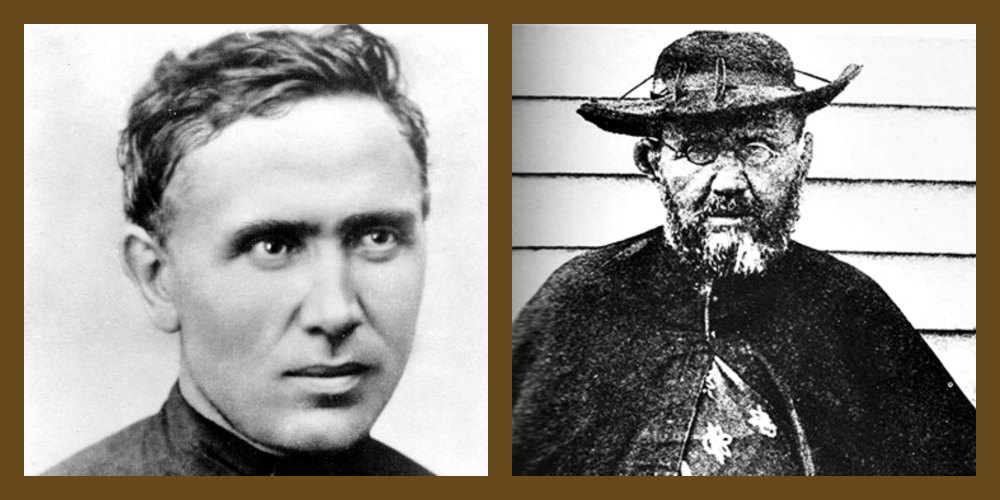Praying the Gospel through the Rosary: The Transfiguration
Submitted by DeaconJim Krupka
The Fourth Luminous Mystery, the Transfiguration, continues unveiling Jesus’ human and divine nature. As Pope John Paul II announced the addition of the five luminous mysteries, he called them the mysteries of light. The Transfiguration is a profound mystery of light told in three Gospels (Matt. 17:1-13; Mark 9:3-13; Luke 9:28-36).
Just before the Transfiguration (Matthew 16:15), Jesus challenges his disciples, “Who do people say that the Son of Man is?” The Transfiguration opened eyes to see Jesus’ nature. Even though he had just fed the masses, the disciples seemed to lack a sense of wonder and awe. While Jesus’ miracles probably amazed them initially, we do not read of ongoing awe in the disciples’ words. Think about how the Transfiguration changed that attitude. “Jesus took Peter, James, and John and led them up a high mountain apart by themselves. And he was transfigured before them, and his clothes became dazzling white, such as no fuller on earth could bleach them. Then Elijah appeared to them along with Moses, and they were conversing with Jesus.” (Mark 9:2-4). With this event, wonder and awe reappear in the disciples. Peter said to Jesus, “Lord, it is good that we are here. If you wish, I will make three tents here, one for you, one for Moses, and one for Elijah.” (Matthew 17:4). “While he was still speaking, behold, a bright cloud cast a shadow over them, then from the cloud came a voice that said, “This is my beloved Son, with whom I am well pleased; listen to him.” (Matthew 17:5).
Think about how much we are like the disciples. Our faith sometimes becomes routine. We hear the same Gospel words cycle after cycle. For long-term Catholics, the Gospel words are not new news. That brings a human challenge. When we let the Gospel become routine, we lose the sense of awe and wonder that leads us to see how good the “Good News” is. The Transfiguration showed Christ’s divinity to Peter, James and John. Their witness, through the Gospels, gives us that same enlightenment. We see the glory of God in the face of Christ. We get a glimpse of what resurrection and eternal life means. This can bring another challenge. The three apostles did not understand that they could not stay on the mountain. When we have a profoundly spiritual experience, we want to stay there but are usually called back to ordinary life. Our challenge is to keep that awe and wonder alive within the reality of our everyday life. Meditate on how to do that.
